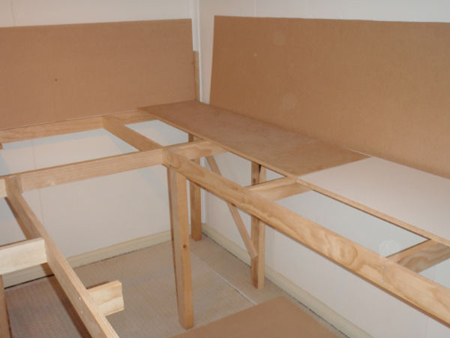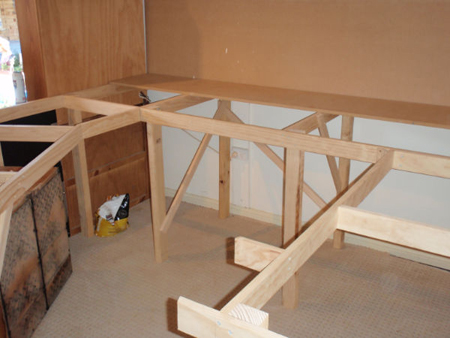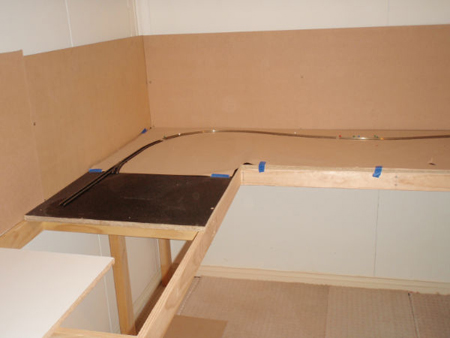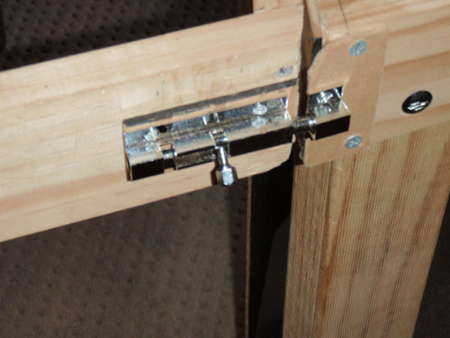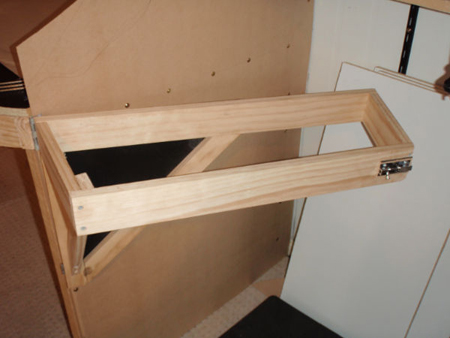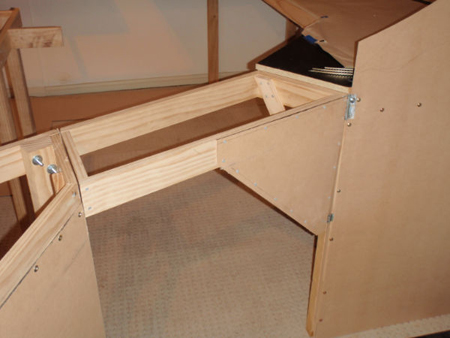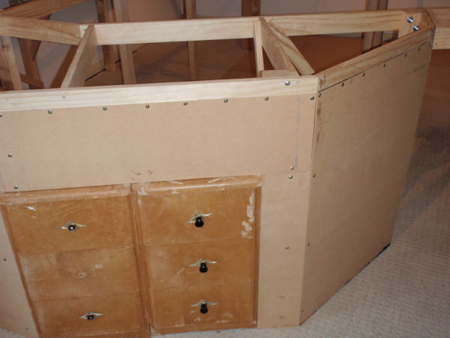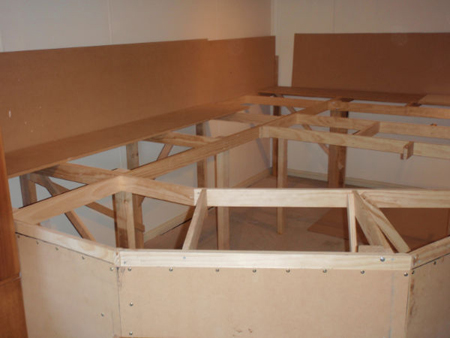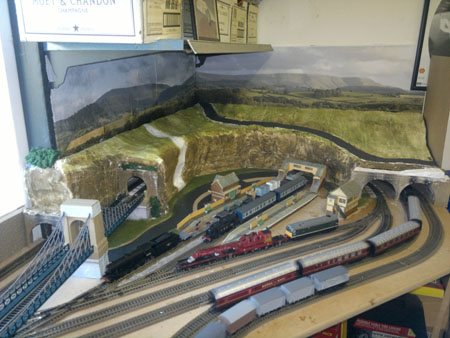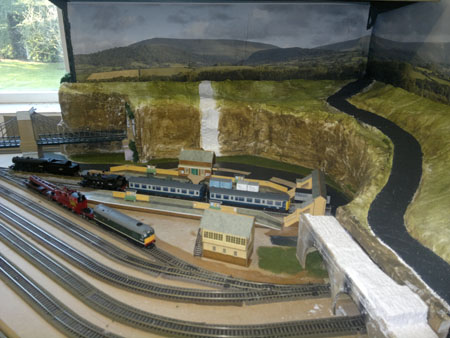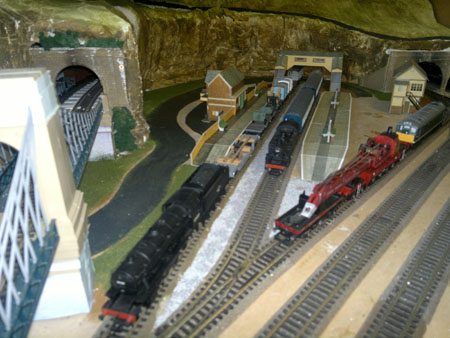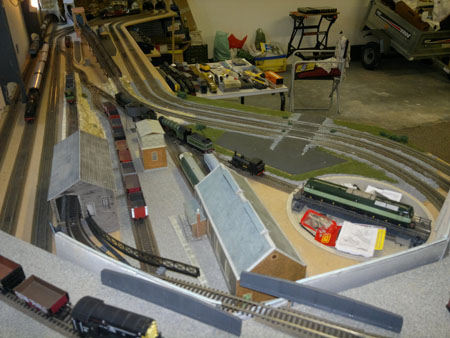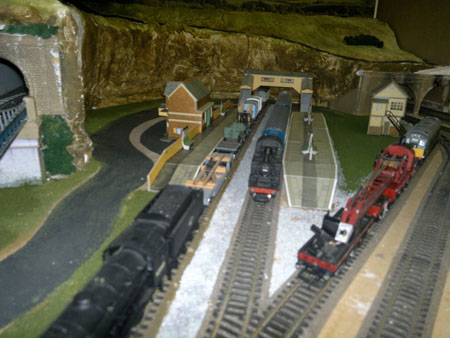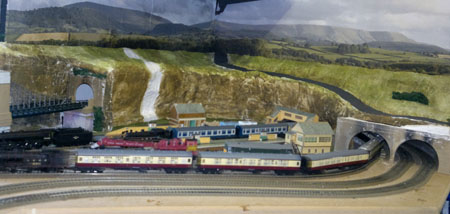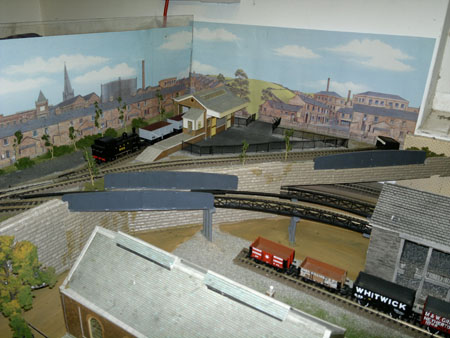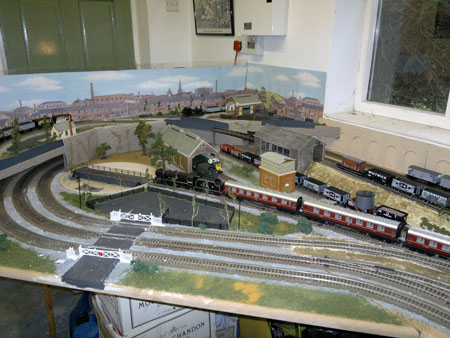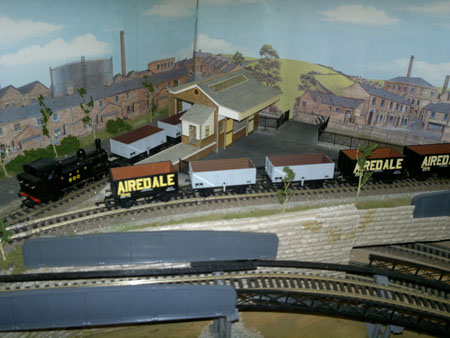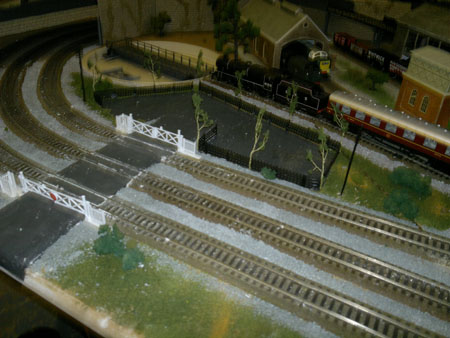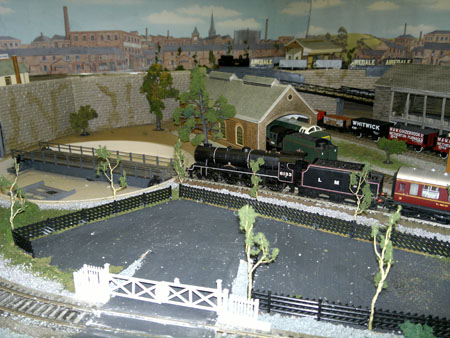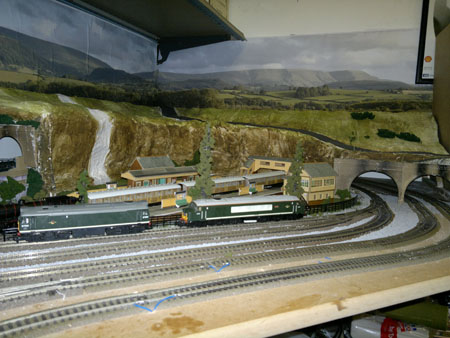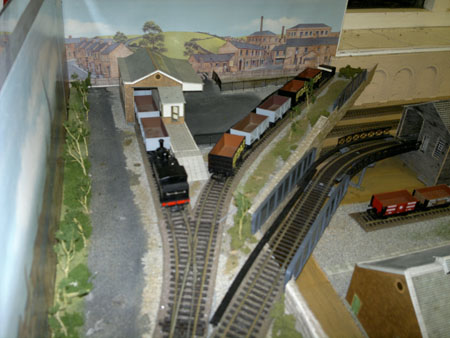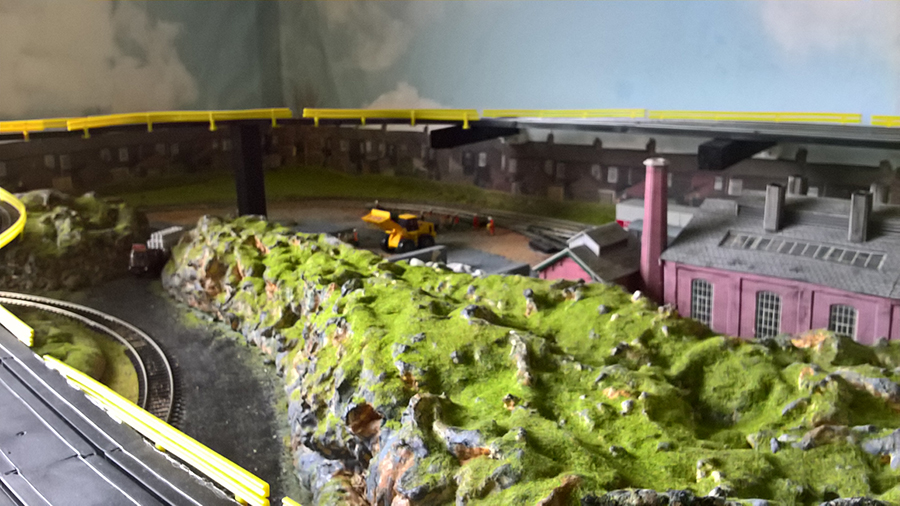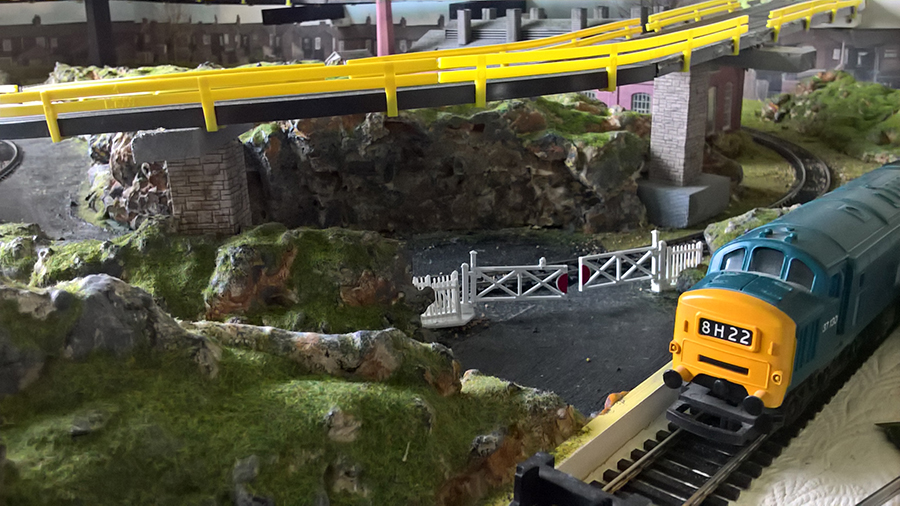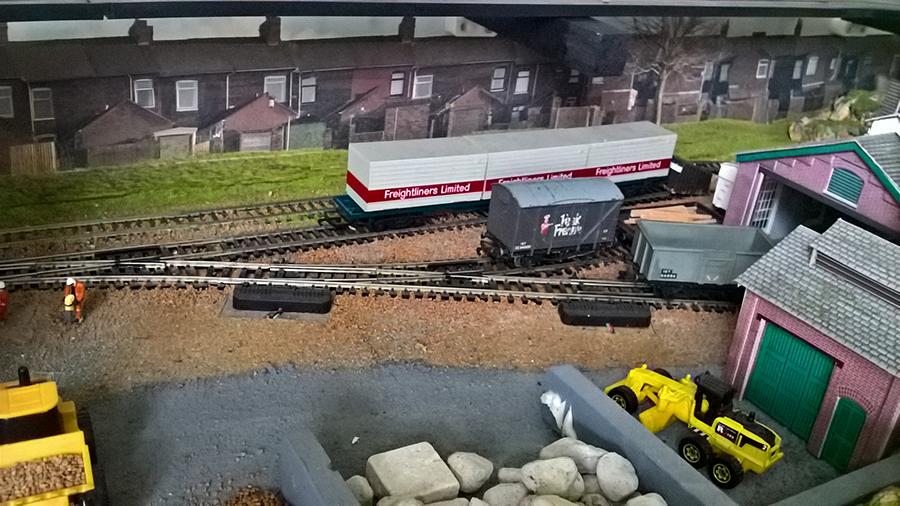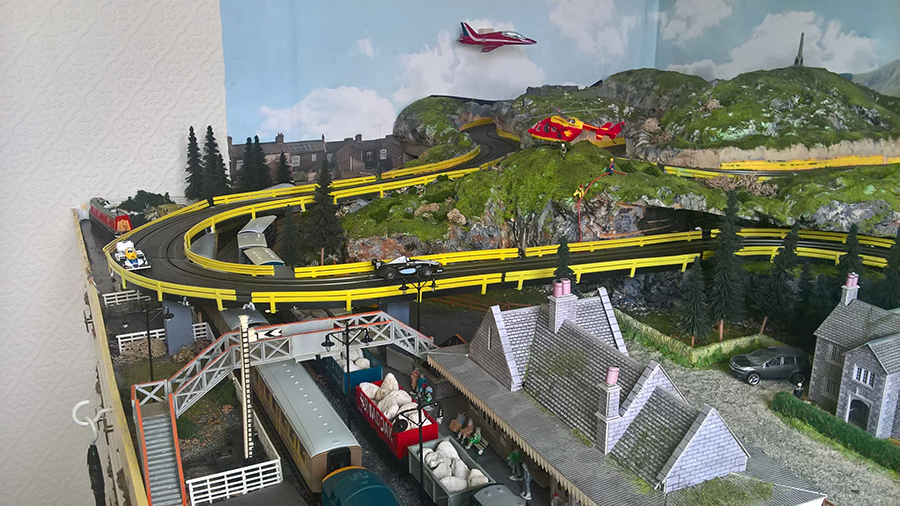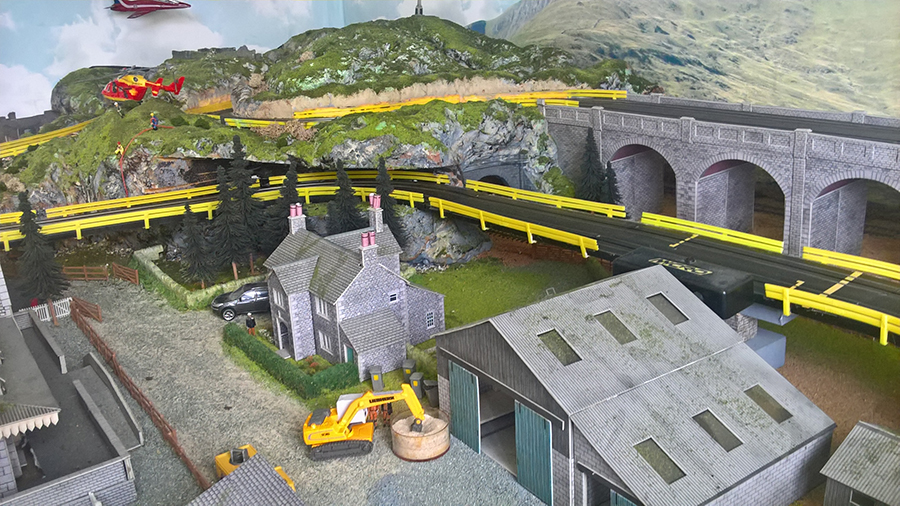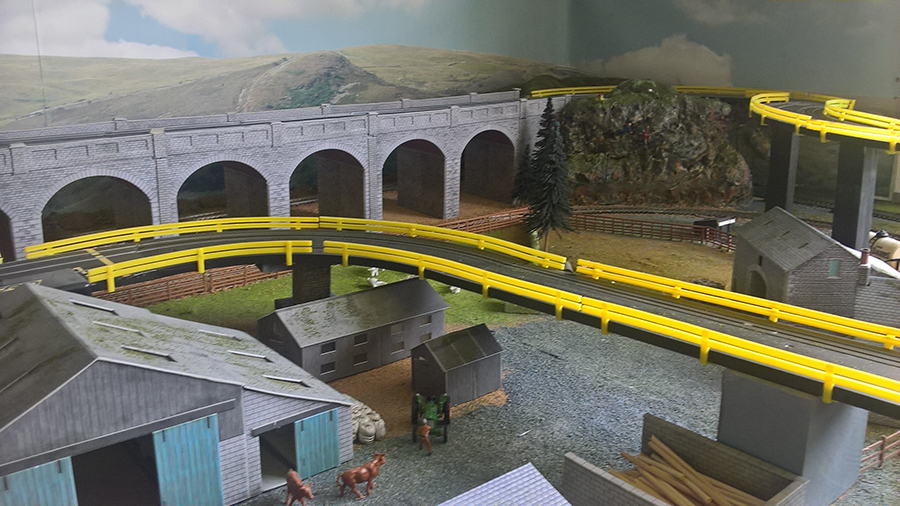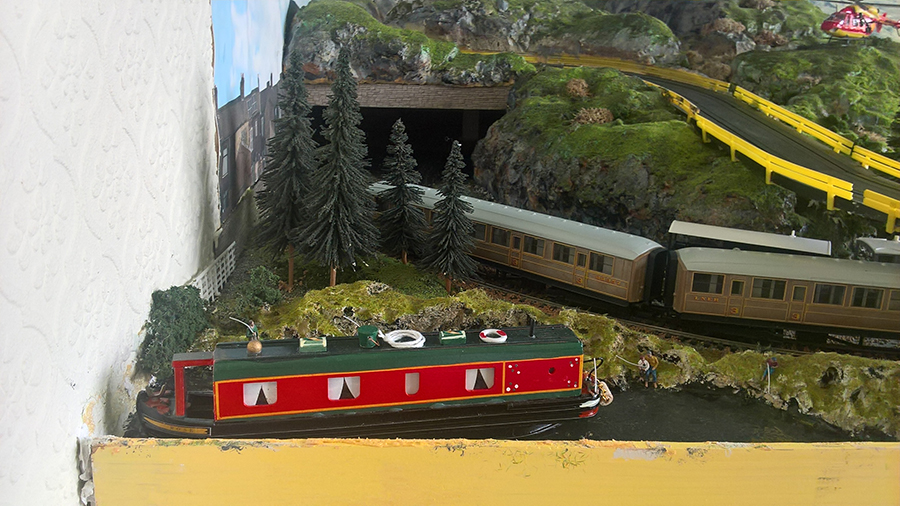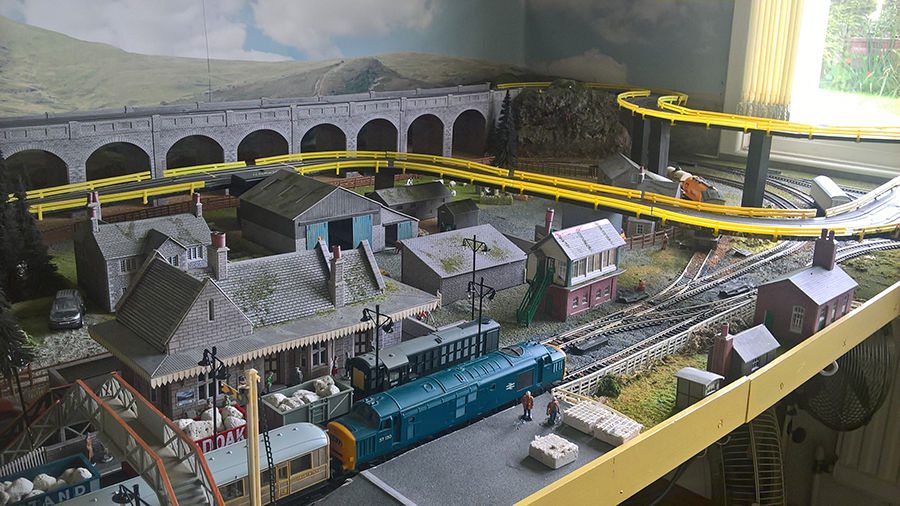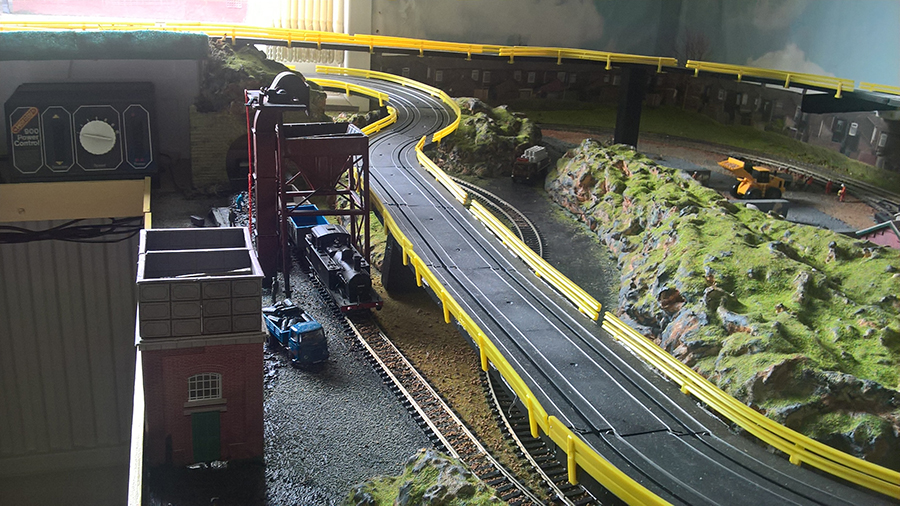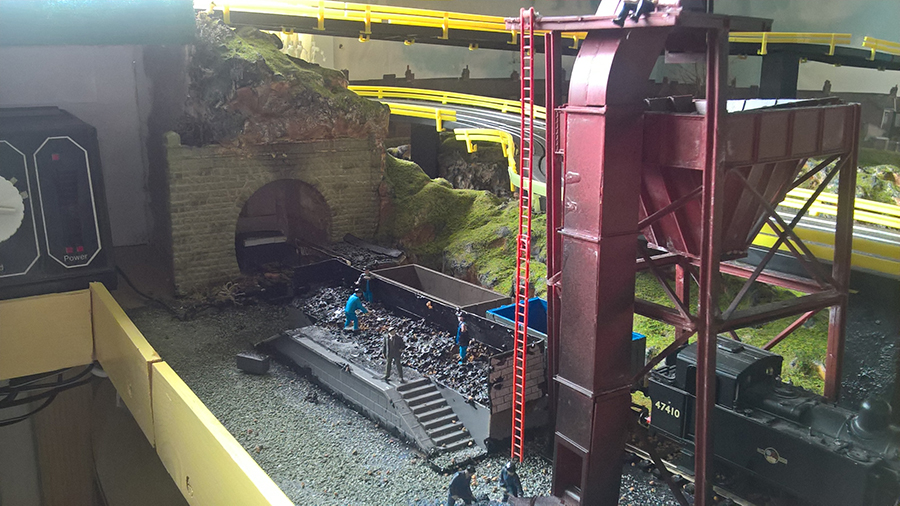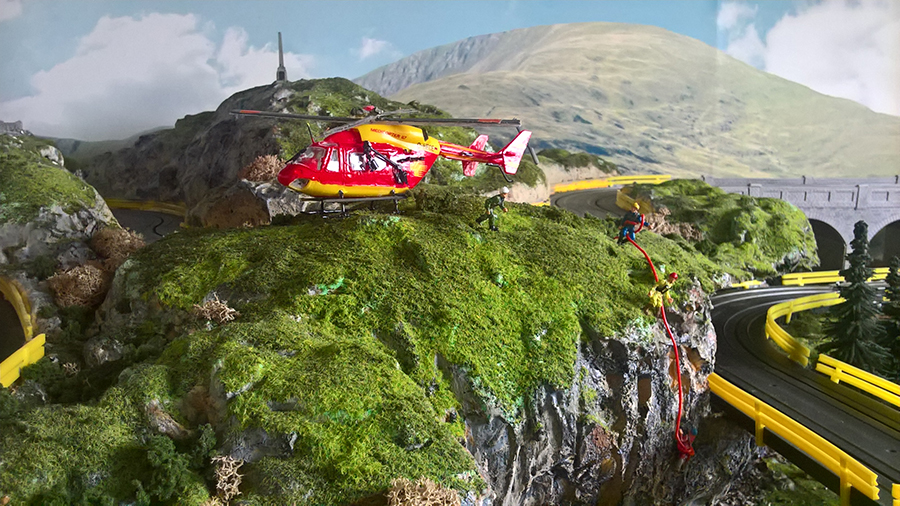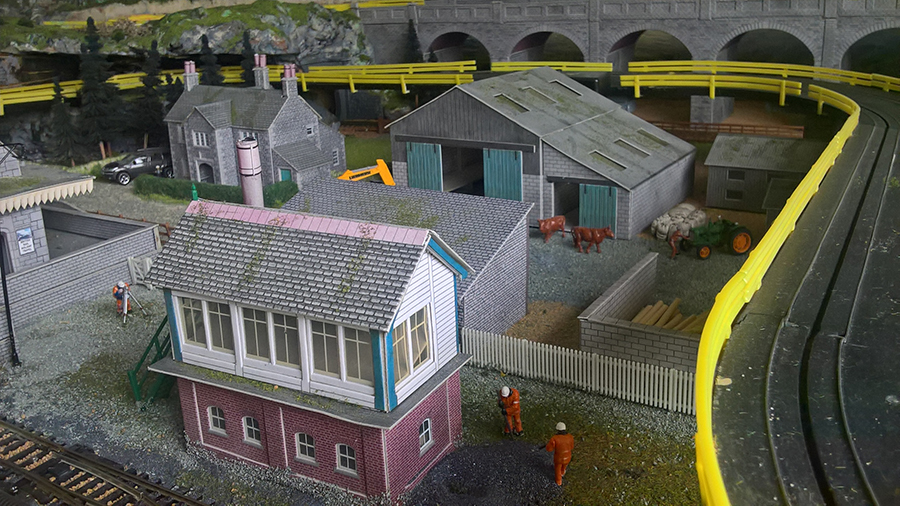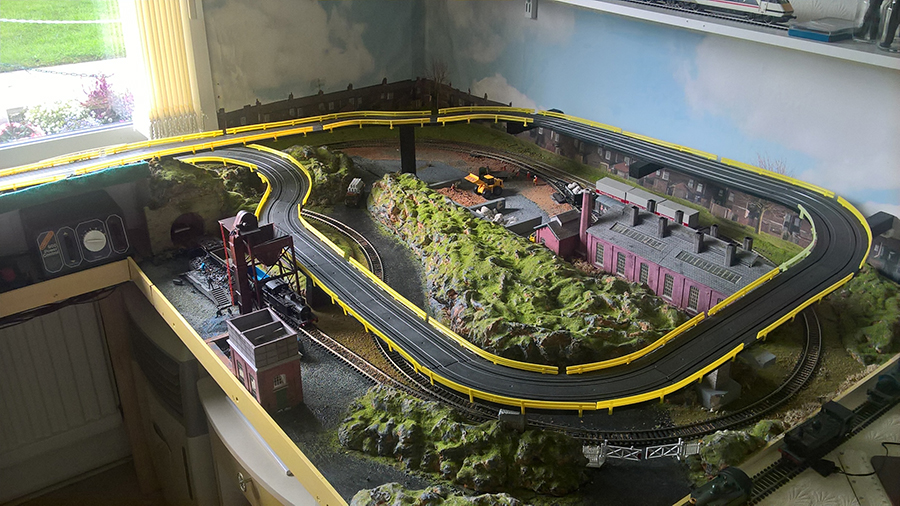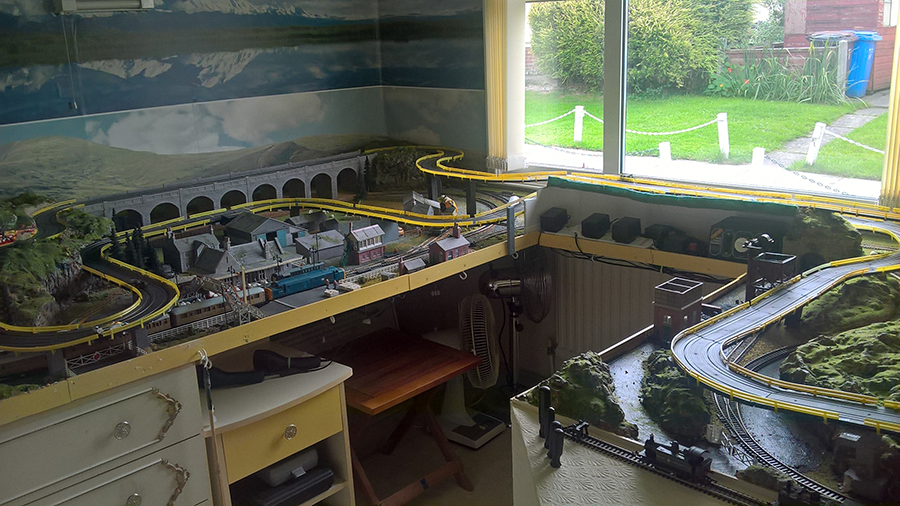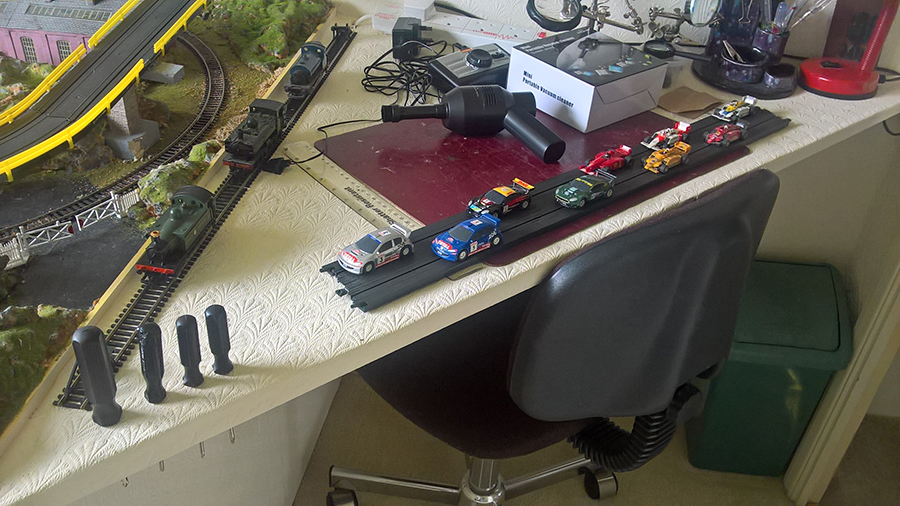If you’re mulling over starting your model train layout, the best advice is just to jump in.
Planning helps, but you can think it over forever and a day and never even lay some track.
That’s why the topic I’m always banging on about most is: making a start.
And with that in mind, first up today is Rick, who is being very ‘belt and braces’ with his benchwork:
“Hi Al,
Some time ago I sent you an image of the layout plan I am building.
Well, on my next trip home, (I work away in NSW, but live in S Australia) so only get home every second weekend, I was able to get started on the bench work for the layout.
I have attached some photos for you to look at and share if you choose.
The access gate idea was from one of your contributors but modified to suit my needs. I have to allow for wheel chair access as my brother in law is confined to one.
Unfortunately, I will have to change my focus while at home for a while as it is only fair that I spend some time with my partner, and achieve some progress on house reno’s.
I enjoy getting the tips etc that you send through, so keep them coming.
Thanks
Rick
South Australia.”
And now on to Alan who has also made a start:
“Dear Alastair i am not a big train modeller but every 5 or 6 years i seem to get the bug, so I decided to start a fresh project hope you find it of some interest.
regards
Alan”
Now on to Ron. He made a start on a model train layout a while ago… look at his N scale now:
“Hi Al,
My name is Ron, from manchester.
First of all i would like to thank you for al the hard work you must put in to keep us up to date with all the latest, etc, some really great layouts and tips from your subscribers, well done.
I hope you like my modest little n scale layout, this is my first attempt, all the buildings etc are card kits as you will probably know, i am a pensioner so got to keep the cost down lol, the location is of nowhere in particular, i just made it up as i went along, most of the other constructions are made from cornflake boxes.
It’s not finished yet, a bit of weathering and a few more vehicles, but the main thing is i have really enjoyed it , after all that’s what this or any hobby is all about.
anyway Al thanks once again , and keep em coming.
Ron”
A big thanks to Ron, Rick and Alan.
All of them have one thing in common: they made a start!
It’s always good to gaze at a finished layout, I enjoy them as much as the next man, but they don’t happen unless you roll your sleeve up and get going.
And talking of which, if you want to start your own masterpiece,the Beginner’s Guide is here.
That’s all for today folks.
Please do keep ’em coming.
Best
Al
PS Some of you seemed to have missed out on Steve’s HO scale retirement project the other day (I have no idea why).
If that was you, here it is again.
PPS Latest ebay cheat sheet is here.


